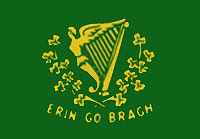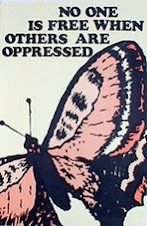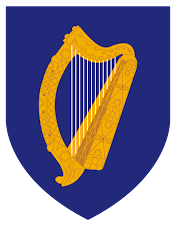 Two American scientists and a US-based Japanese researcher have been awarded the 2008 Nobel Prize for Chemistry.
Two American scientists and a US-based Japanese researcher have been awarded the 2008 Nobel Prize for Chemistry. Prof. Osamu Shimomura, Prof. Martin Chalfie and Prof. Roger Tsien are honoured for their discovery of the brightly glowing protein GFP.
 "The remarkable brightly glowing green fluorescent protein GFP was first observed in 1962 in a beautiful jellyfish named Aequorea victoria (right)," the Nobel Committee for Chemistry at the Royal Swedish Academy of Sciences says in their citation.
"The remarkable brightly glowing green fluorescent protein GFP was first observed in 1962 in a beautiful jellyfish named Aequorea victoria (right)," the Nobel Committee for Chemistry at the Royal Swedish Academy of Sciences says in their citation."Since then, this protein has become one of the most important tools used in contemporary bioscience. With the aid of GFP, researchers have developed ways to watch processes that were previously invisible, such as the development of nerve cells in the brain or how cancer cells spread."
 Dr. Osamu Shimomura (left), born in 1928 and now a professor emeritus at the famous Woods Hole Marine Biological Laboratory and Boston University, was the first who isolated GFP from jellyfish drifting off the west coast of North America.
Dr. Osamu Shimomura (left), born in 1928 and now a professor emeritus at the famous Woods Hole Marine Biological Laboratory and Boston University, was the first who isolated GFP from jellyfish drifting off the west coast of North America.He then discovered that the protein glowed brightly green under ultraviolet light.
 Dr. Martin Chalfie (right), born in 1947 and a professor of biology at the Columbia University, picked up on the discovery to demonstrate the value of GFP as a luminous genetic tag for biological phenomena.
Dr. Martin Chalfie (right), born in 1947 and a professor of biology at the Columbia University, picked up on the discovery to demonstrate the value of GFP as a luminous genetic tag for biological phenomena. And Dr. Roger Tsien (left), born in 1952 and a professor at the University of California in San Diego, extended the colour palette beyond green, which allowed researchers to follow several different biological processes at the same time.
And Dr. Roger Tsien (left), born in 1952 and a professor at the University of California in San Diego, extended the colour palette beyond green, which allowed researchers to follow several different biological processes at the same time.The Nobel laureates receive a gold medal (see above left corner), a diploma and 10 million Swedish Kronor (€ 1,024,427), which can be divided between up to three winners per prize.
This seems to be the common practice now for the Science prizes, as the awards for Physics and Medicine have also been awarded to three laureates each earlier this week. (see my entries from October 6th and 7th)







































1 comment:
So where would you say the research is going?
Post a Comment